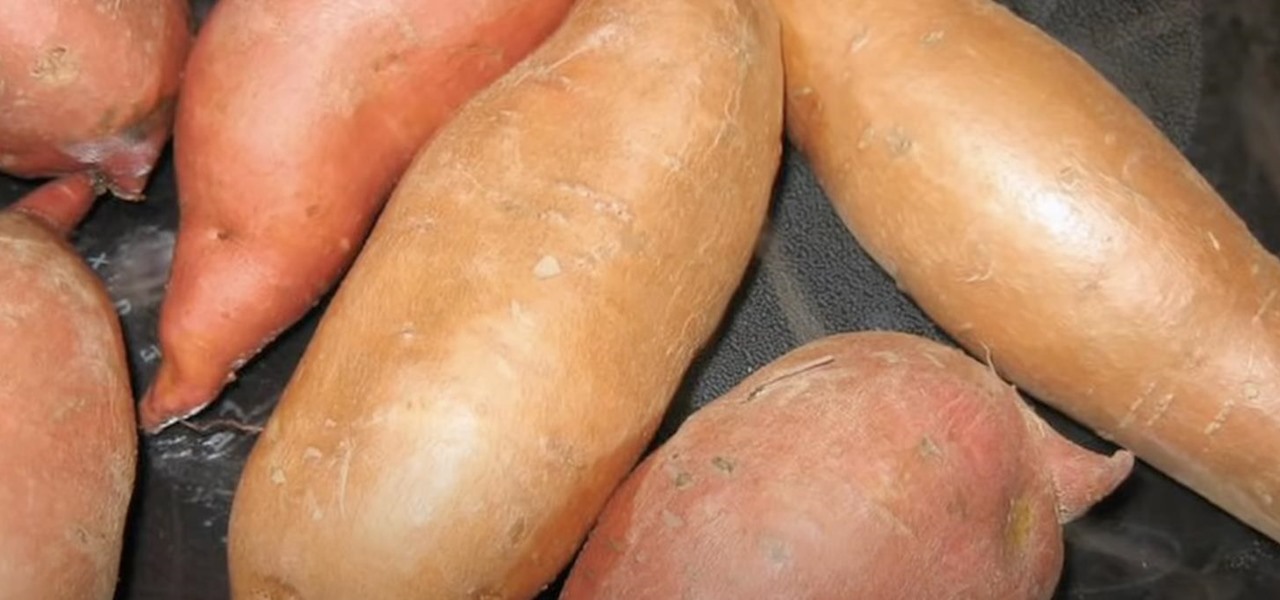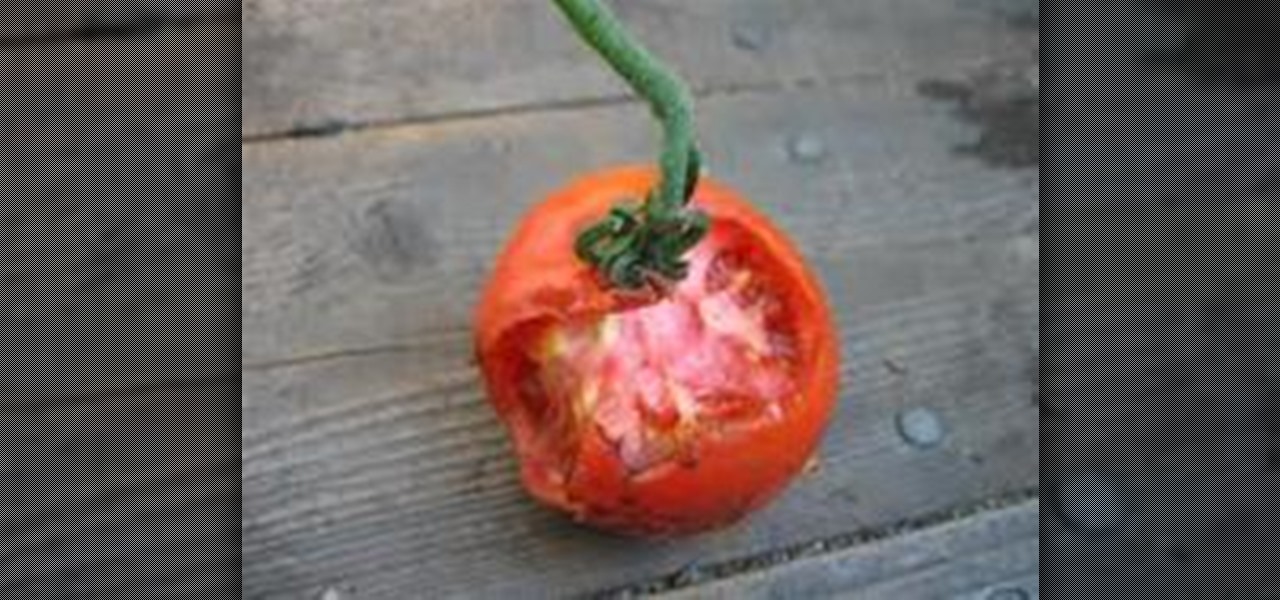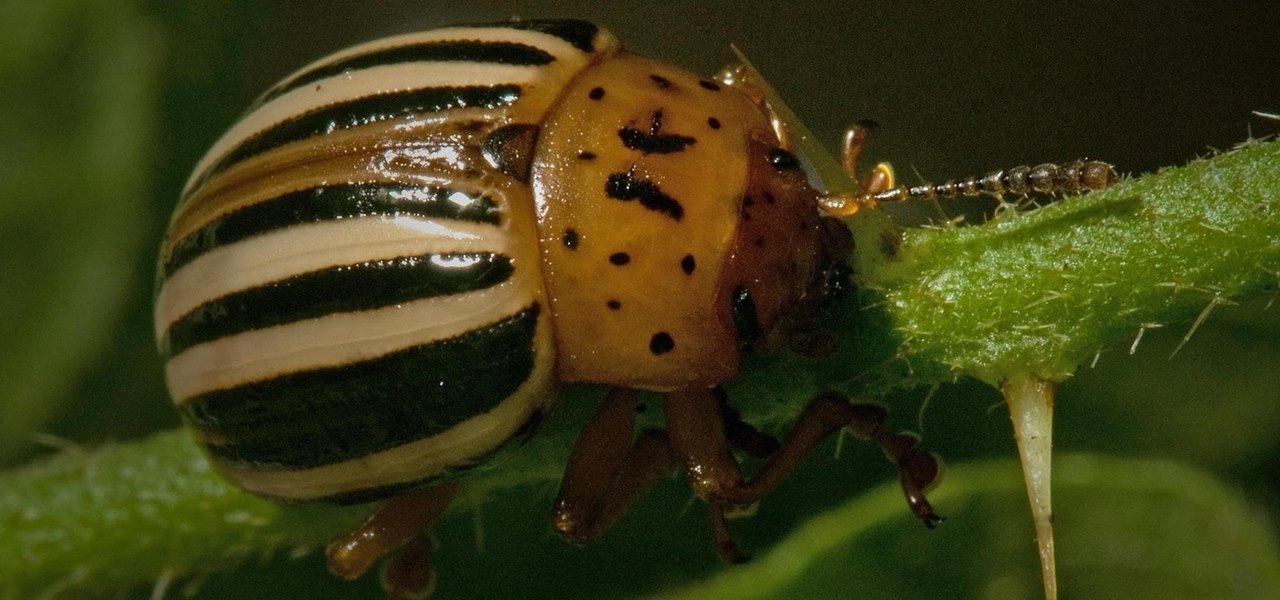Gardening How-Tos

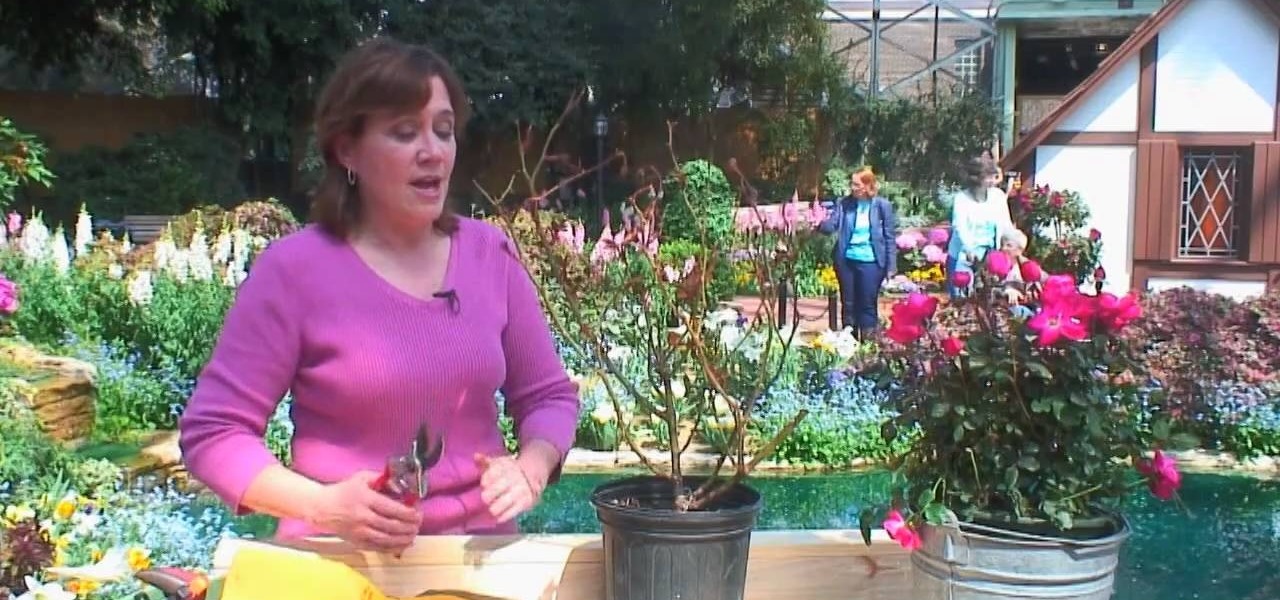
How To: Trim your rose bushes
Starting a rose garden? Modern Mom is here to help. Learn from gardening expert Melinda Myers how to properly trim rose bushes after the winter to promote new growth in the spring. Prune brown, dried up rose branches and keep your garden fresh and fast growing.
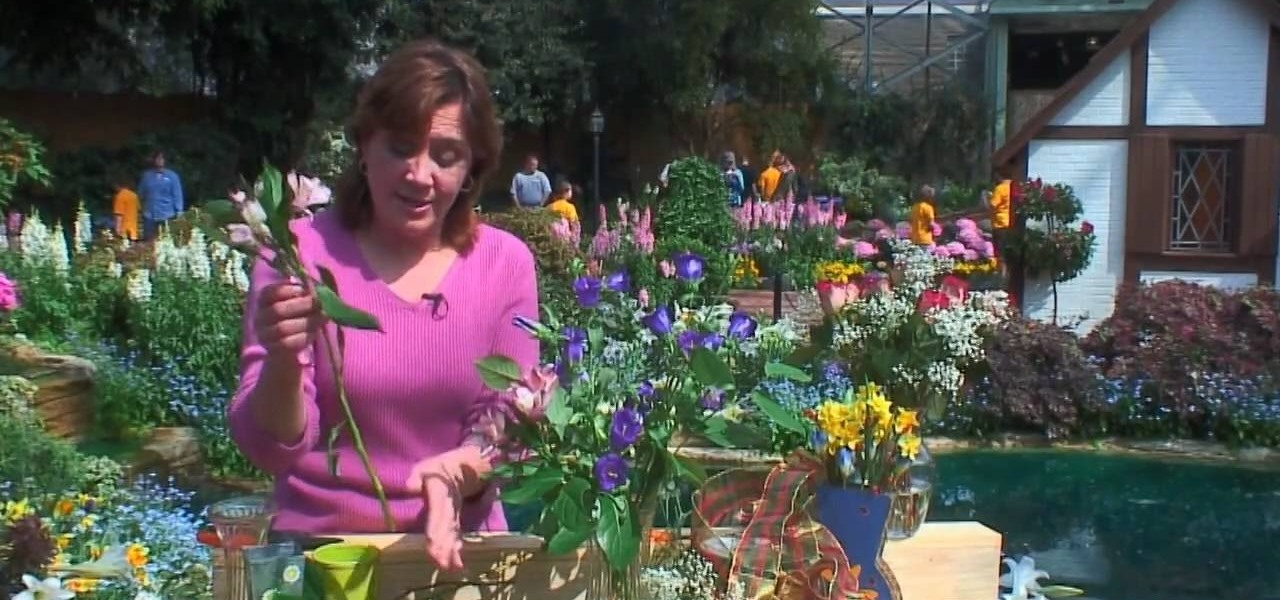
How To: Arrange flowers & ribbons
Want to get started arranging your own vases to fit the design of your home? When arranging flowers and ribbons, choose a simple vase first, use greenery to fill out the vase, and wrap a beautiful bow around. Learn a few tricks on how to arrange flowers like a pro with helpful tips from Modern Mom's gardening expert Melinda Myers.

How To: Plant and grow potatoes in a container
Are you an amateur gardener, and looking forward to the next thing to plant? Why not plant potatoes? They're hardy, delicious, and don't require too much care. Watch this video to learn how to plant and grow potatoes in a container. At the end of it, you'll always have a great harvest and side dishes for dinner!
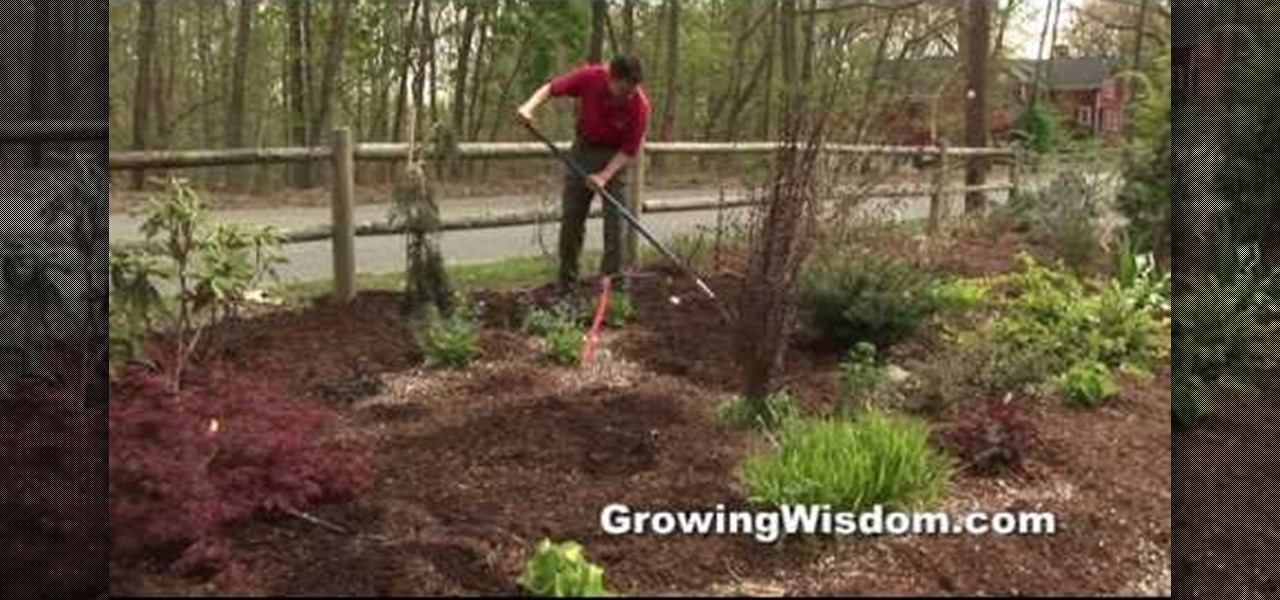
How To: Spread mulch at the right time to improve your garden
Spring is a great time to put down mulch. Dave Epstein helps you figure out whether yours needs replacing this spring and, if so, how much to put down. Mulch improves the look of your garden bed, keeps weeds down and keeps moisture in the soil. You want to be careful not to add too much soil as it can keep moisture out and rain or water will not be able to reach the soil.

How To: Get rid of tent worms without insecticide
Talk about taking one for the team. If you're an eco-friendly earth muffin who refuses to use anything chemical-ridden on yourself and the environment around you, then there exists a gnarly - though effective - approach to killing a tent worm infestation that you may want to try out if you're not squirmy.

How To: Pollinate your indoor citrus plants
In installment of Chow Tips from chow.com, we learn a tip for how to pollinate indoor citrus trees without having to introduce bees into your home. All you need is a q-tip and a desire to reap higher yields from your indoor citrus garden.
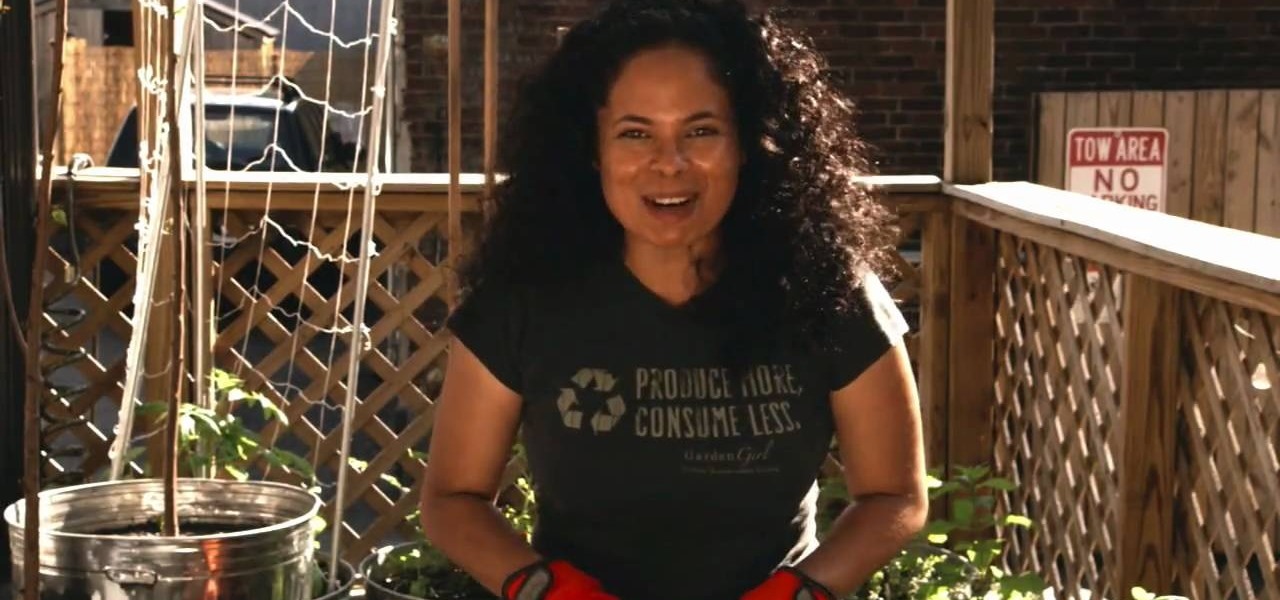
How To: Plant thornless blackberries in a container garden
Apache blackberries are a great type of blackberries to plant because they are thornless so you don't get pricked by any thorns when it is time to pick them. The blackberries bloom in June, the best time to plant them would be early April, otherwise you'll be waiting a year to enjoy your blackberries.
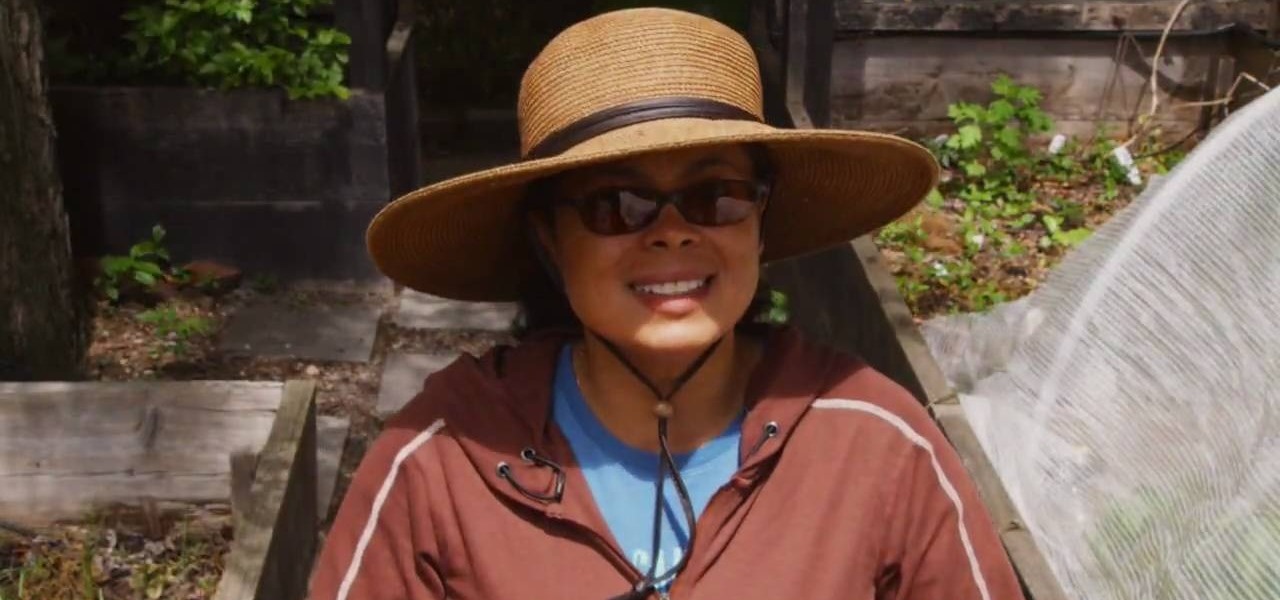
How To: Check the pH levels in the soil of your garden
Testing the pH level of your garden soil can tell you a lot about your garden. Depending on the results of your test you can see what the acid/neutral/alkaline levels are and you can even change the levels by adding different kinds of elements so that you can grow just about anything you want and keep your garden healthy. You can purchase a SoilStick test at Plumstone to see what type of garden you've been working with.

How To: Select the best redbud tree for your yard
Adding a redbud tree to your yard/landscape is a great tree to add because of the variety of colors it brings and adds to your scenery. There are many types of redbud trees that vary from the look and feel from the branches and leaves. They bloom between April and May and do not grow too tall so you can add them around your home.
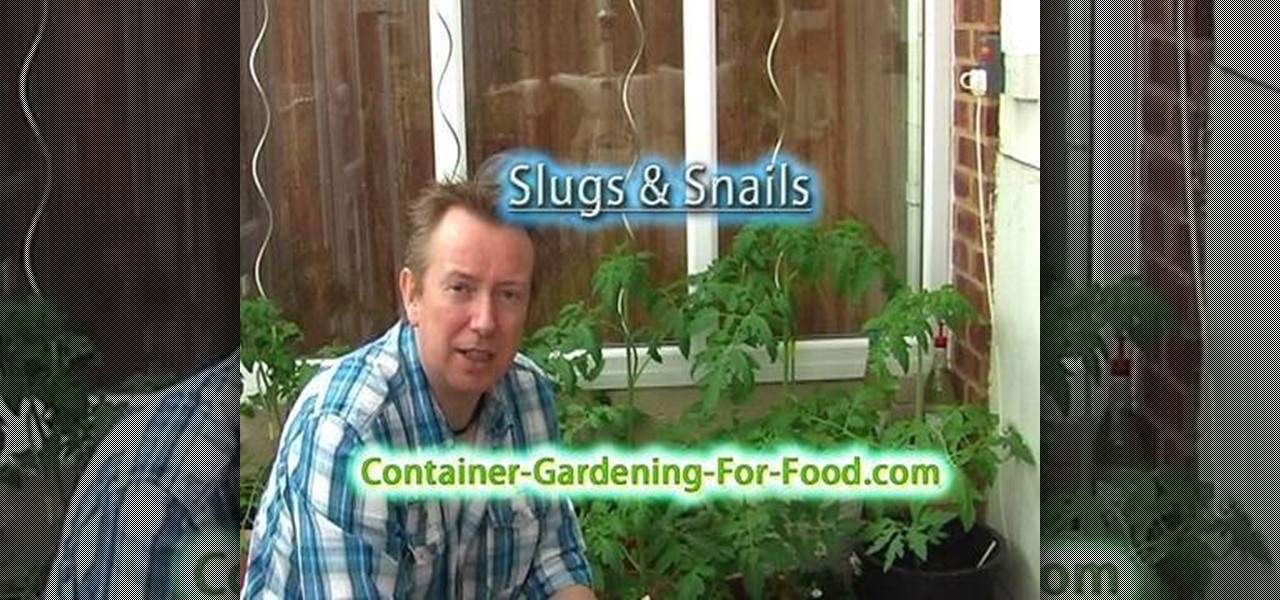
How To: Get rid of garden slugs without using pesticides
Slugs are one of the most destructive forces of nature that can infiltrate your garden. Chemical pesticides and slug pellets make eliminating them simple, but they are expensive, dangerous, and unnatural. Fortunately, this video is here to explain an easy way to get rid of slugs in a container garden using only a little bit of vigilence and salt. Warning: do not try salting your soil garden! You will kill it!
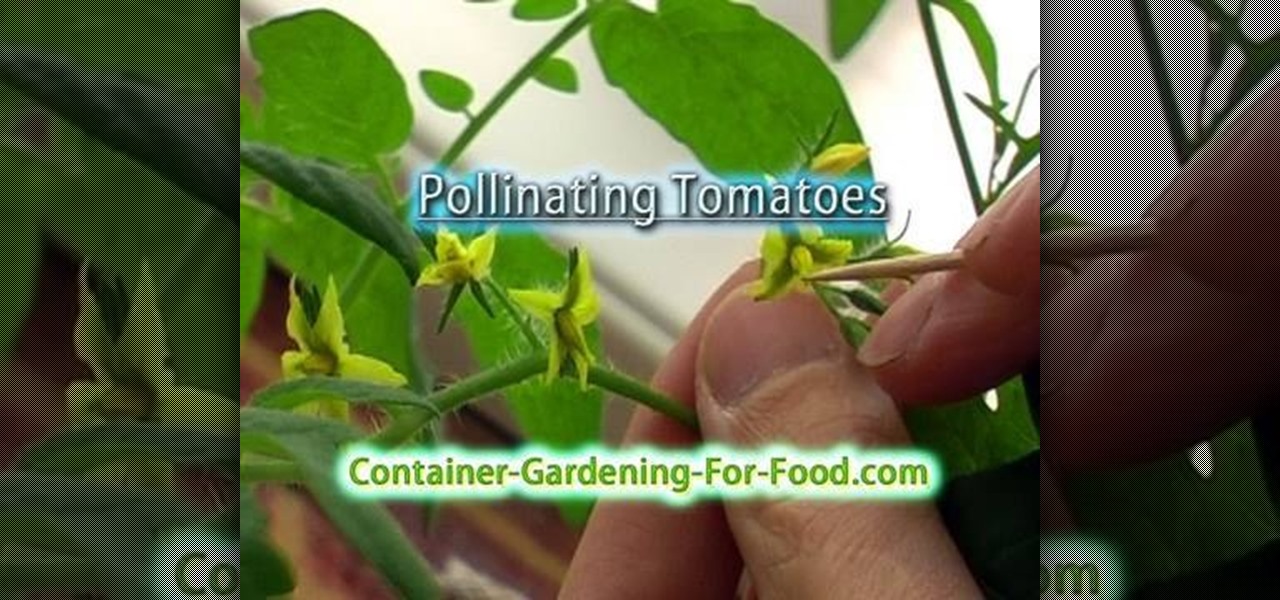
How To: Pollinate the tomatoes in your indoor garden
One of the biggest challenges inherent in indoor gardening, hydroponic or soil-based, is how to pollinate your plants without bringing a swarm of bees into your greenhouse. This video demonstrates a quick, simple way to pollinate indoor-garden-grown tomato plants yourself using only a toothpick. Who knew that the mighty bee could be replaced by a tiny piece of wood and some free time?

How To: Get rid of pesky winter moths
Winter moths (operophtera brumata) can be a nuisance to your trees during early spring time. The biggest concern is the larva, which is a caterpillar/inch-worm feed on the budding leaves of deciduous trees and you won't really notice it until your leaves are at their full size. A good way to get rid of the moths is with a bacterium called, BT (bacillus thuringiensis)or Spinosad a derivative of a bacterium. If you have really big trees, you may need to get an arborist to treat your trees.
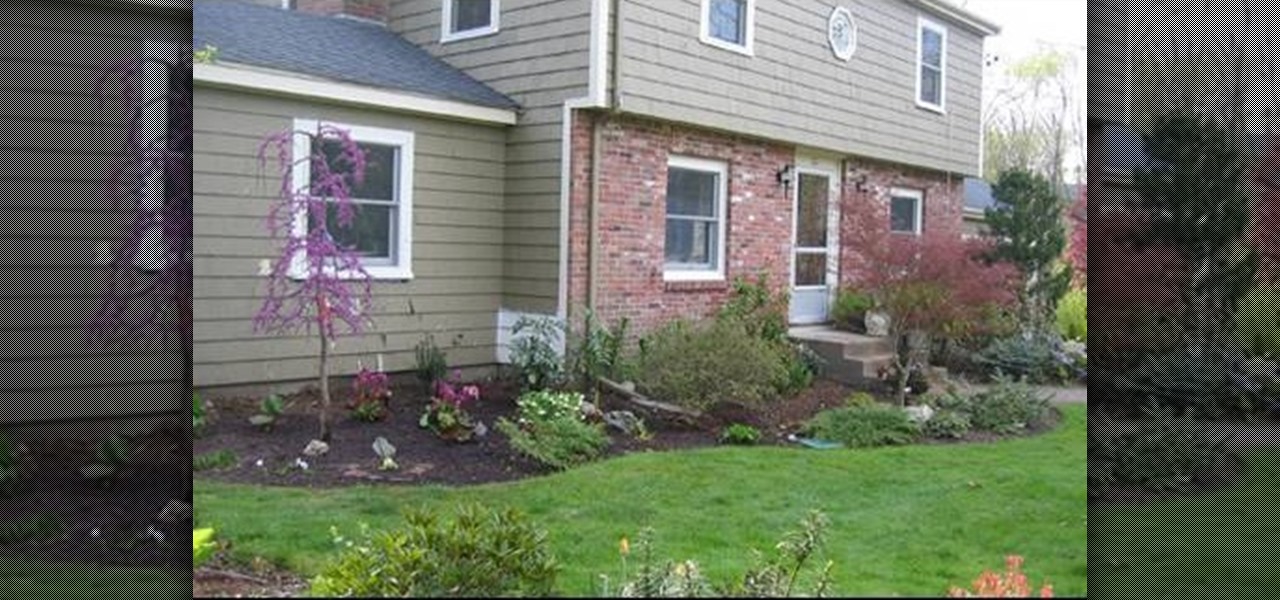
How To: Use a lavender twist as a foundation plant
Dave Epstein talks about adding a foundation plant to a home. He is planting a Lavender Twist, a weeping redbud also known as Cercis Canadensis 'Covey'. You will see how adding a foundation plant to your home can make a big impact. You will see a before view of a home to get an idea of what you can do with the space you have available. Also you will get a tip on carefully placing the plant on the side of your home as to not block any windows but also add depth to your home and make it seem bi...
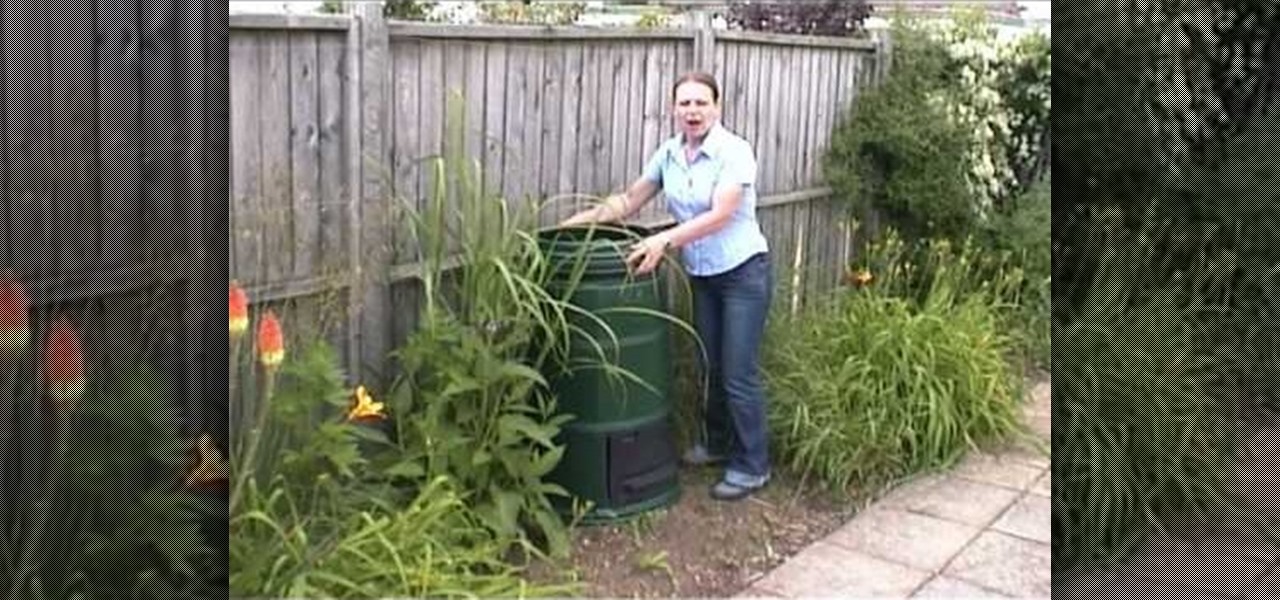
How To: Make compost for an organic garden
Watch this 2 part video tutorial on how to make your own garden compost. Garden Organic shows you the right way to make your compost, store it, and know when it's ready to use. Your plants will thank you for your efforts. Watch these videos in order to get your compost efforts just right.

How To: Make a compost tea maker
Watch this 3 part video tutorial series to learn from James Rowe, owner of Earth First Lawn Care on how to make your very own compost tea maker. Compost tea will help provide nutrients to your garden, and help it to grow healthy and strong. It also helps the environment because you're recycling organic waste.

How To: Get rid of ants using safe methods
One of the most annoying insects out there would be ants. Not only are they small and tiny, but when you find one you'll more than likely find a great big colony. They're annoying to deal with and when not taken care of, can live inside your home for many years to come. So in this tutorial, find out some safe methods to getting rid of ants. Enjoy!
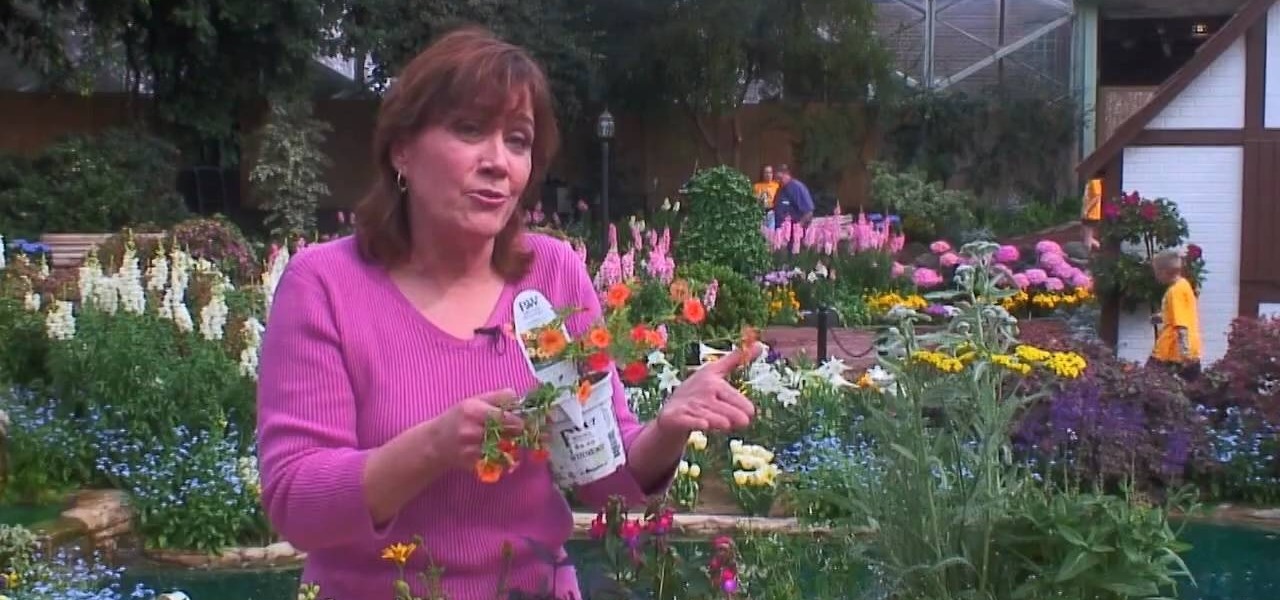
How To: Design a flower garden
Get your garden started by brainstorming and plannng out the lay-out. The trick to designing a great flower garden that will bloom all season is matching the plant to its preferred growing condition. Learn how to do this with help from expert, Melinda Myers, a world-renowned expert gardener with a critically acclaimed TV show, Melinda's Garden Moment, and a popular radio program, "The Plant Doctor".
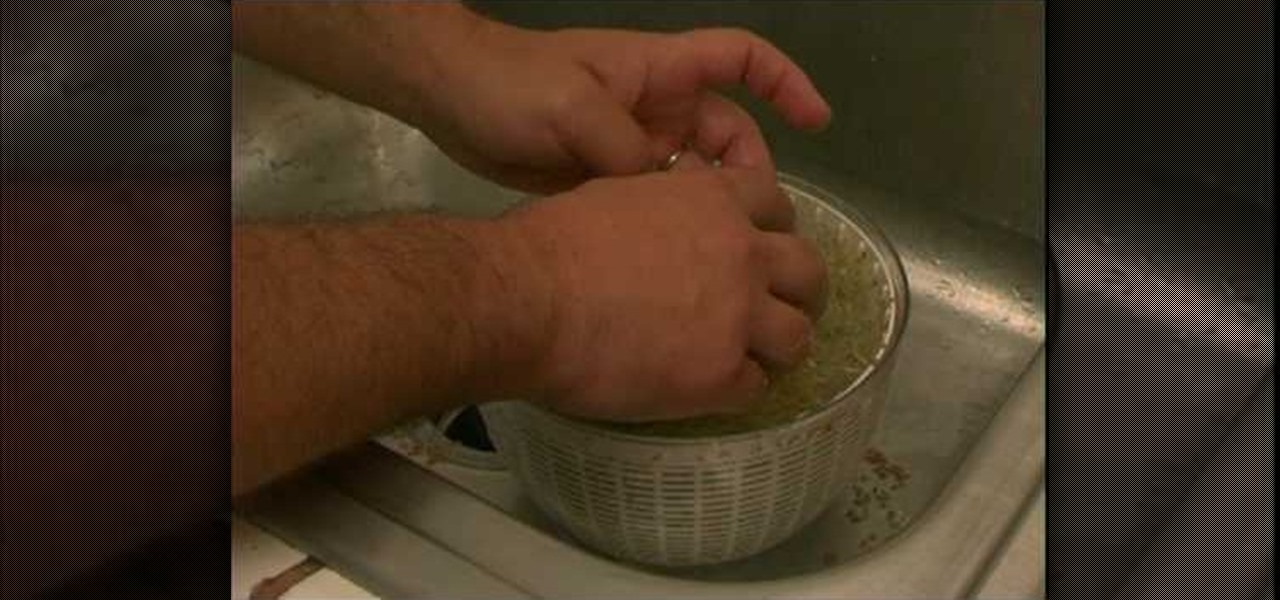
How To: De-Hull leafy sprouts
In order to de-hull leafy bean sprouts, you will need a salad spinner. The type of salad spinner you use will make a big difference. Separate the sprouts. Work your way through the sprouts. Separate them as much as you can.
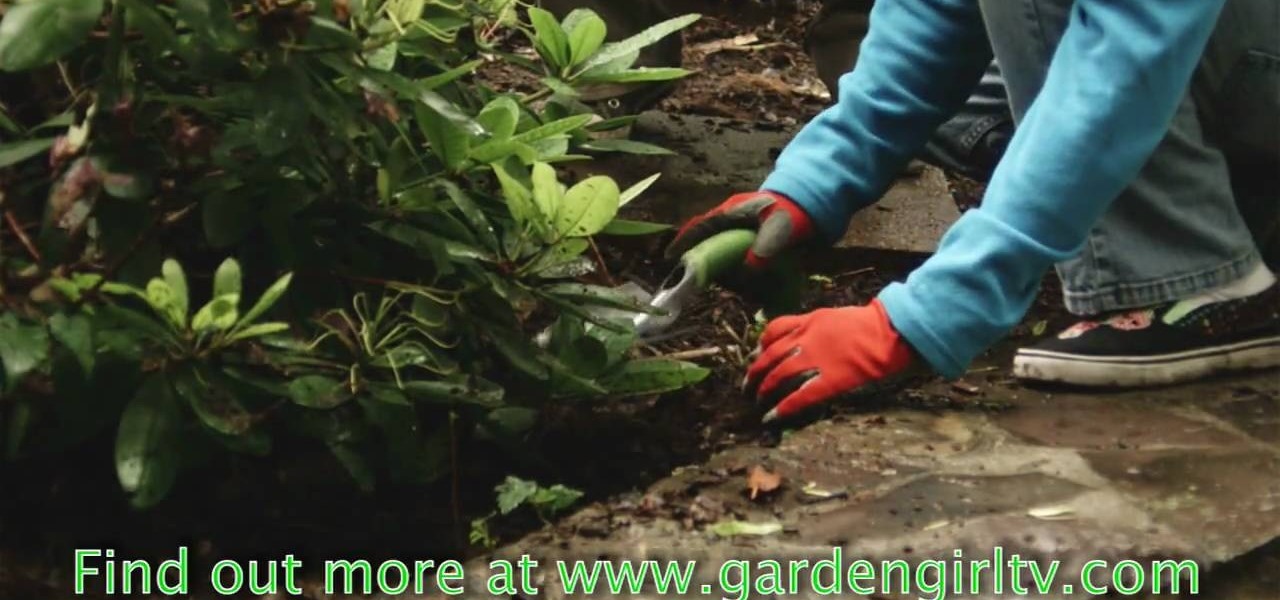
How To: Plant strawberries as ground cover
GardenGirltv shows viewers how to plant strawberries as a ground cover! With a strawberry patch or field you will have to always continually plant strawberries! The plants will last a few years and every year you should add new plants to your areas for each year. First, you need to get a bundle of strawberry plants you need to rake the area you are planting them in. Make sure you put each plant 18 inches apart. First, you should take your strawberry plant dig a trench, lay it flat and cover i...

How To: Transplant a cactus
The narrator introduces Patrick Quirk as the horticultural expert to whom is going to demonstrate how to safety transplant a cactus. Patrick highlights the ease of doing this if we use the right tools. Patrick recommends using an old garden hose and 2 types of tongs as part of his tools. Safety is paramount to us and to the plant. Cactus need to have is roots loosen and dried, which it different to other plants. It is important to keep the same soil level as you previously had. Patrick finish...
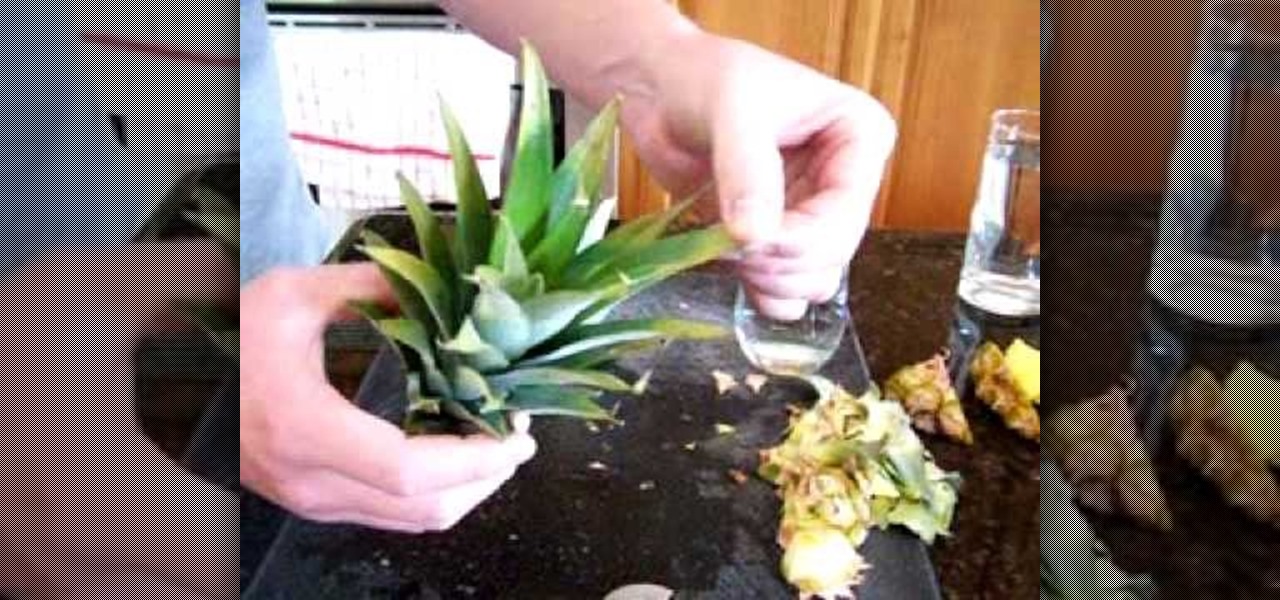
How To: Grow pineapples at home
This video shows how to grow pineapples at home. First, take a pineapple and slice off the top. Next, cut off all the meat from the top of the plant. Then start to peel all the bottom layer of leaves off the plant. Once the plant is well pruned, place it in water for about 2 weeks. You'll see new roots grow in the water. Once there is a healthy root growth structure the plants are ready to be transplanted. Then you'll put the plants into a pot. The transplanting part of the process will be fo...
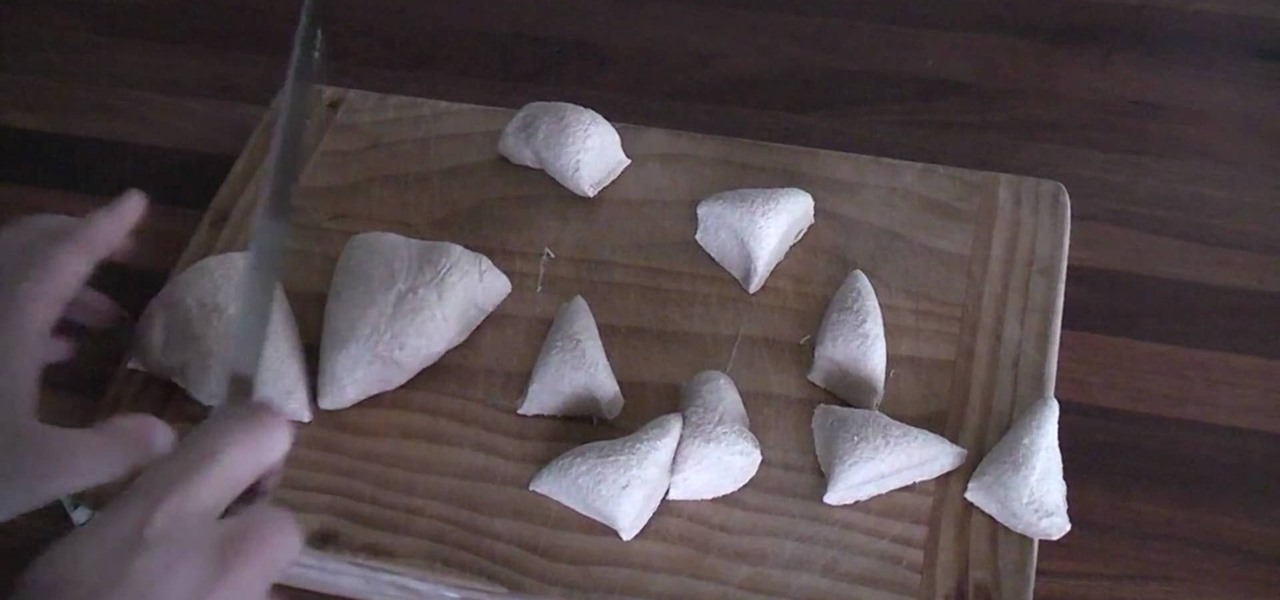
How To: Make healthy wholemeal flat bread,chapati , tortilla
Devlopyourqi teaches viewers how to make wholemeal flat bread, chapati or tortilla. All you need for this is wholemeal flous 2.4 cups, 1 teaspoon of salt and one cup of water. Stir this all together in a large mixing bowl. Next, you should knead this for about 10 minutes. Next, leave this dough, wrapped, to rest for about an hour. Now, after an hour, divide this dough into about 16 pieces. This depends on how big you want your flat breads to be. It does not take too much dough for each though...

How To: Plant an iris
This video shows how to plant an iris. Be sure to select a spot that gets about six inches of sun a day to plant an iris. When planting more than one iris, be sure to space them about a foot apart. This will encourage them to grow tall. When you dig the hole, don't dig it too deep. Also, make a little mound in the center of the hole. Spread the roots of the iris over the little mound so that the hole drains and the plant doesn't rot. You want about a third of your rysem sticking up out of the...

How To: Plant and grow pumpkins
In this how to video, you will learn how to grow pumpkins. First, you must pick an area with plenty of sunshine to place your seeds in. Make sure there is enough room for vine and pumpkin growth, and that the area will not freeze. Build a mound of dirt about three fit in diameter with compost and soil. Next, plant two seeds per mound. Plant them in the middle about 8 inches apart. Cover the seeds with an inch of soil. Give them plenty of water once you have planted them. The pumpkin vines gro...

How To: Select the best mums for your garden
Chrysanthemums are a beautiful flower to have in your garden for color and for picking to take into the house. There are two very important factors with planting mums. One is that you must have the right kind of chrysanthemum and two you must plant it at the proper time. There are two types of mum plants. One is the garden center plant and the other is the mail order plant. Scott, on the video, recommends the mail order plant. The garden center plant will only last one season where the mail o...

How To: Grow your own vineyard
This video explains some important things you need to know if you are thinking about growing your own vineyard. First, think about the types of grapes you want to grow, depending on whether you want to make raisins, grape juice, jelly or wine. Talk to your extension agent to find out which grapes work best for your purpose. It's important to thin out the crop and not have too many leaves on the vines, or too many grapes, because a good balance will send the sunlight and nutrients to the plant...

How To: Plant and grow basil plants
This is how to plant and grow basil. First pick out a pot with a drain hole. Put some crushed cans in it. Fill it with dirt. The dirt should be part potting soil, part compost, and part normal dirt. Take off the peat moss pot the plant is in, break up the roots, and set your basil in the pot. Then put your dirt all around the plant, making sure it has good drainage, then pack it. Don't forget to put in your sign so you know what plant it is later. Then put a mixture of root starter and miracl...
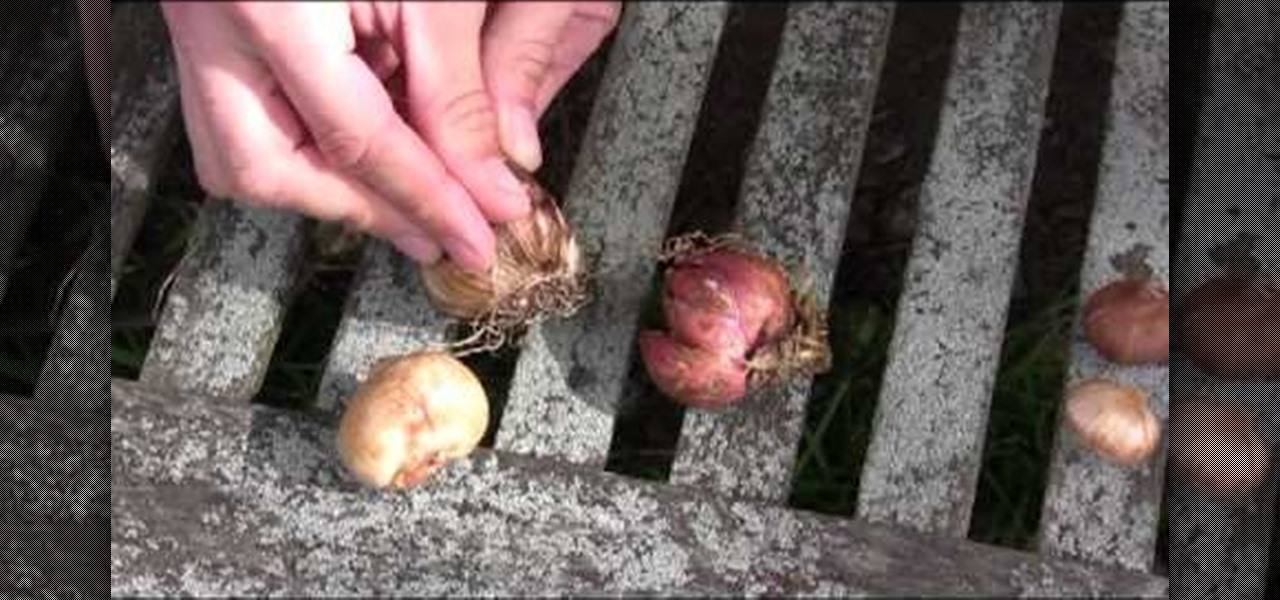
How To: Distinguish different types of bulbs
In this tutorial, Scott Atkinson shows us how to identify different types of bulbs. Common types of bulbs are: tulip, daffodil and lily. These are most easily identified but there are many that appear in flowers. A core looks similar to a bulb but it is a solid tissue and doesn't have an leaves, just a hard core with a protective covering. There is also tubers which are what potatoes and other foods grow from. These cause eyes to form and create different types of things to grow. You will now...

How To: Prepare soil for a wildflower garden
How to prepare soil for a wildflower garden

How To: Water seedlings from the bottom up
This Survival Podcast teaches how to water seedings from the bottom up. After you have transfered your plants to new pots, preferably sterilized bins, you put holes in the bottom of the pots. If they are too high, the watering technique will not work. The plants in the pot are placed into a larger bucket. You just add water to the outter bin and allow the plants to "draw up" the moisture through the soil. You want to make sure not to add too much water or the plants will "over-draw". About on...
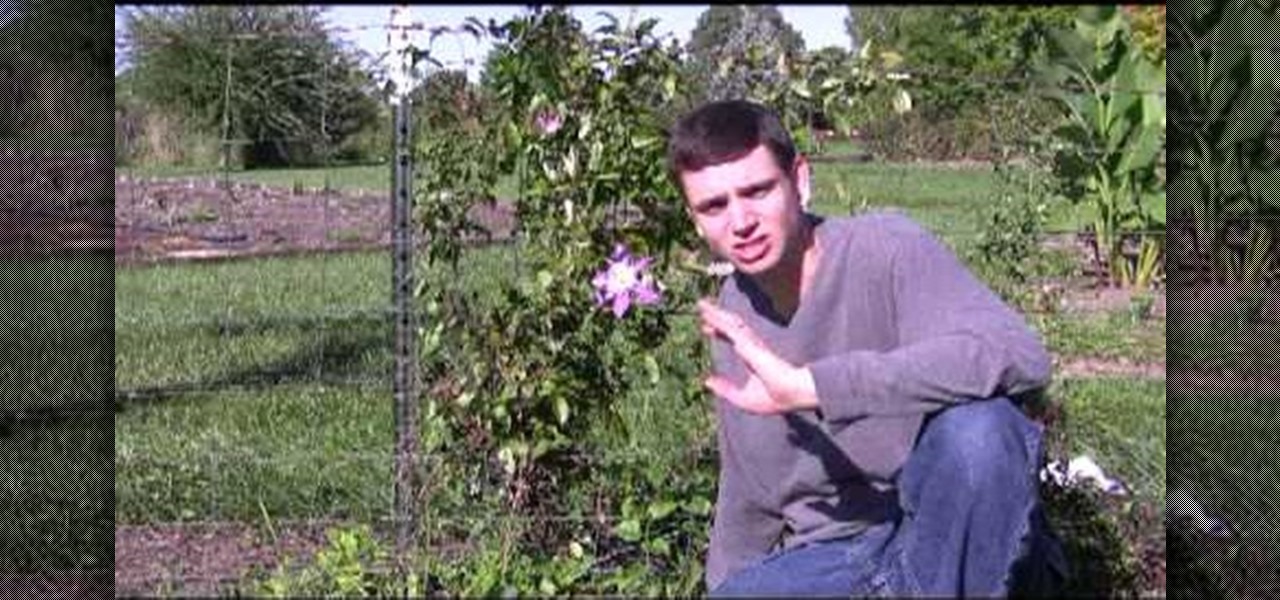
How To: Care for clematis
Scott from Spring Hill Nursery gives advice on caring for clematis, a beautiful plant that is easy to grow. Clematis blooms in late summer or early fall, and thrives in almost any conditions. It does fine in either full sun or a partly shaded location, but you should use mulch around the roots to keep them cool.
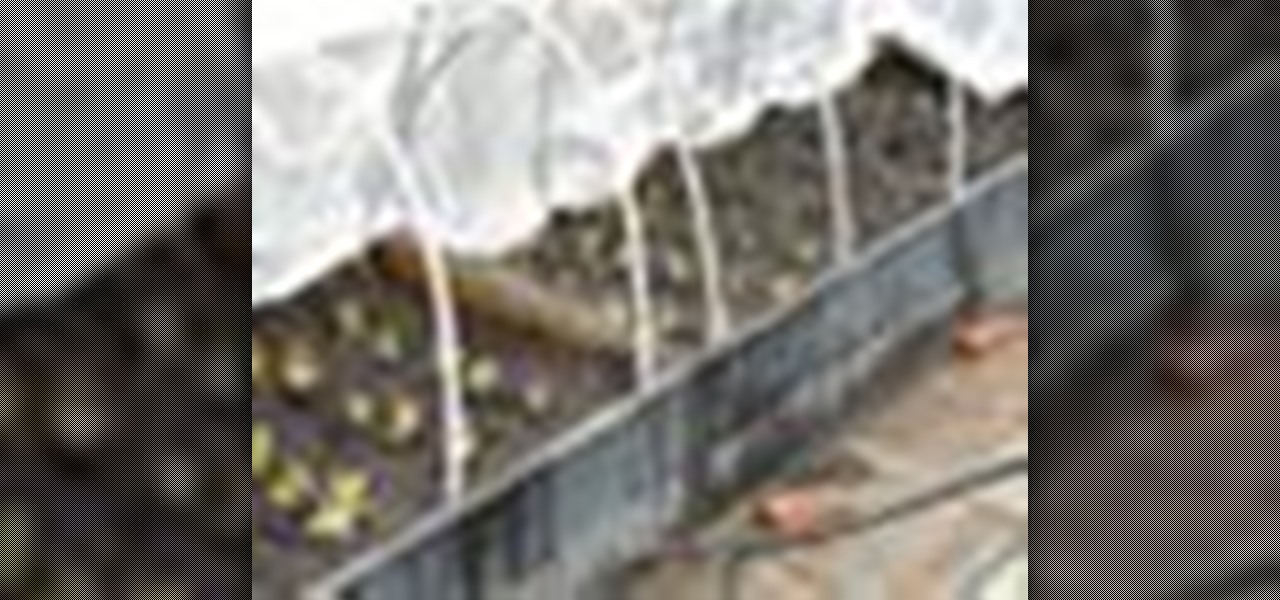
How To: Build a raised garden bed for sustainable living
Having a raised garden bed is great in the city because you can fill it with good soil and create a healthy environment for your plants. Install a hoop house made from PVC pipe. To build the raised bed, use 2x10x8 lumper. Predrill the holes at the corners to make it easier to assemble. Butt the ends together and use exterior deck screws to assemble it. If you want the raised bed higher, build another box the same size and stack them. Fasten a wire screen onto the underside of the frame to ke...
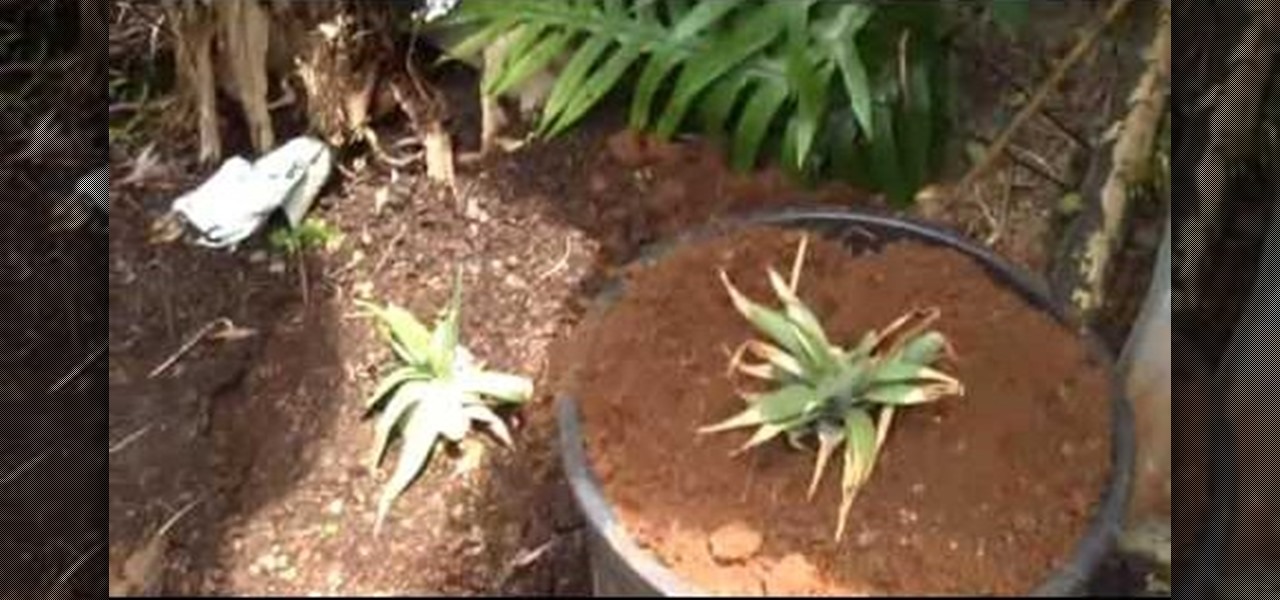
How To: Grow pineapple almost anywhere
In this tutorial, we learn how to grow pineapple almost anywhere. First, buy a pineapple and cut the top off of it. Let the top of this dry out for around a week. Now, pull off all the dried up dead stuff from the bottom of the pineapple head. You will now need a large pot with soil and you will dig a hole in it. In that hole, place your pineapple head inside of it and place dirt around it, but not covering the leaves of the top of the pineapple. Now, water your pineapple and let it grow. Alt...

How To: Grow and juice wheatgrass
In this Home & Garden video tutorial you will learn how to grow and juice wheatgrass. Take wheat seed in a bucket, add little bit of compost and wet it with water. Take a tray, make few holes in the bottom, put newspaper, fill the tray with compost up to halfway, spread the wheat seeds and cover the tray with newspaper. After a day or two, remove the paper and put the sprouts in shade. Wait for 8 – 10 days and the wheat grass is ready. Then cut it with love with scissors, wash it thoroughly...

How To: Grow a pineapple inside your home
How to grow pineapple inside your home
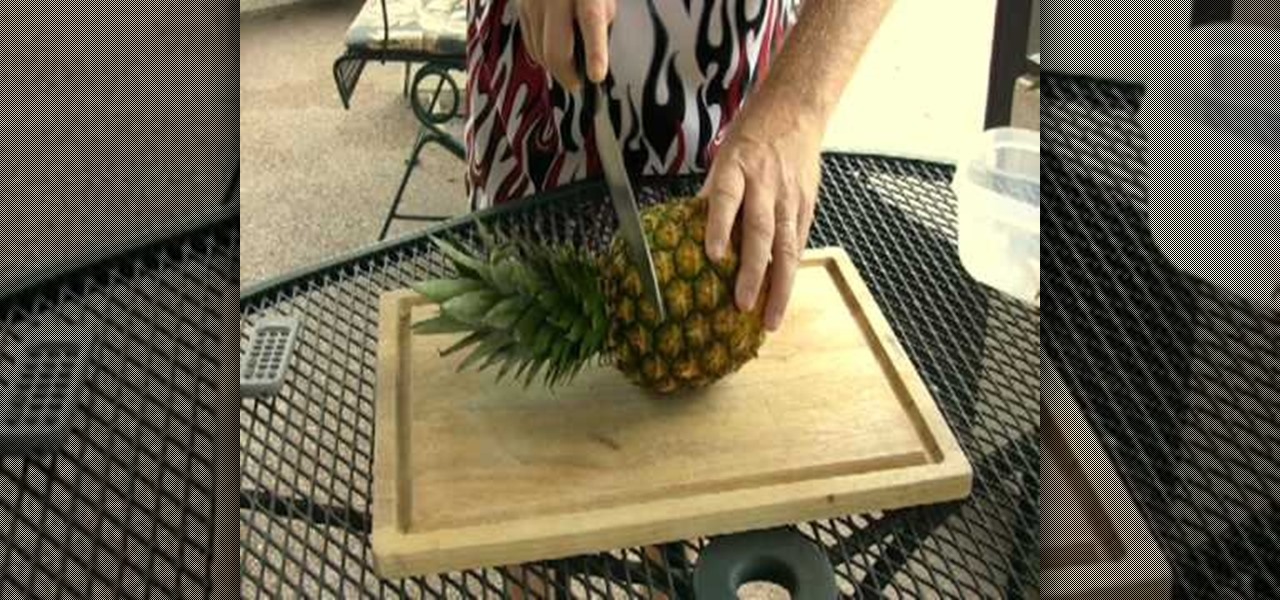
How To: Grow pineapples using the fruit crown
In this video Jack in the Net shows how to grow your own pineapple using just the crown. Find a nice firm, strong pineapple with no brown leaves. With a very sharp knife, cut straight through about an inch down from the crown. Then trim the flesh all the way around, leaving only the solid round core in the middle, being careful not to cut into the crown. The roots will grow off of the crown so all the fruit needs to be removed.
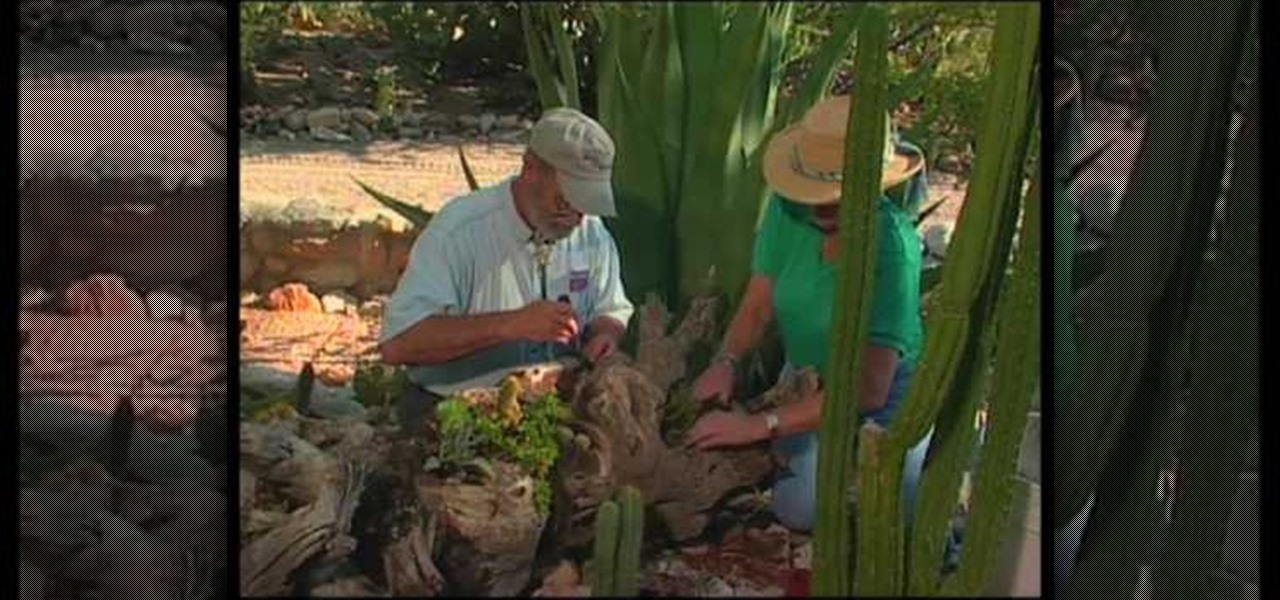
How To: Use an old tree log garden planter
In this how to video, you will learn how to use an old tree log as a planter for your plants. To do this, you must have an old tree log. The trick is to create and make the holes bigger in the log. Some of the holes may be too deep, so you must place netting to hold the soil back. The netting will last as long as the log. To make the holes bigger, use a hammer and chisel to shape it. Drilling and burning does not work as well as hammers. Placing the plants in and watering it will cause the lo...

How To: Grow pineapple by planting the top
In this video, our author, ofenjen, shows us how to slice and plant a pineapple. First, find a pineapple: please don't get one too green or too yellow as they aren't ripe properly. Twist off the top of the pineapple with your dominant hand.

How To: Deal with spindly seedlings
The Survival Podcasting present how to handle leggy or spindly seedlings that have grown too fast. Potted swiss chard seedlings are used as examples. The seedlings are growing well but are a bit floppy or spindly. This happens because the warmth from being started indoors encouraged their fast growth but since there is not enough light for them, they started reaching for the light. A `head space` is developed between the root and the leaves that makes the seedling flop over. A simple trick to...

How To: Care for hibiscus plants
In this video, we learn how to take care of hibiscus plants. These can grow anywhere from 3-10 feet tall, so make sure to take care of these! Some extra steps to help are to: plant these in a well drained area and water it, let it drain and water it again. During the winter, mulch the flowers and it will survive. Make sure you pinch the flowers that are dead to keep your plant looking gorgeous and make sure you trim any dead branches that make the tree look dead. Doing these small steps will ...



